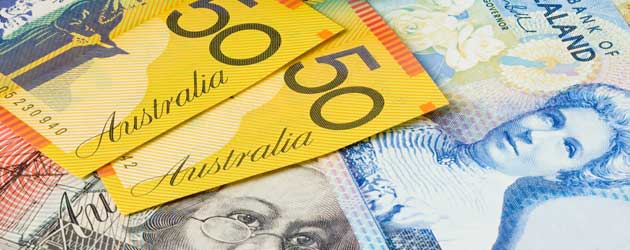 The Australian Dollar strengthened against the majority of its peers due to being supported by a weaker US Dollar and as the Reserve Bank of Australia maintained interest rates at its record level of 3%.
The Australian Dollar strengthened against the majority of its peers due to being supported by a weaker US Dollar and as the Reserve Bank of Australia maintained interest rates at its record level of 3%.
The Bank maintained the rate after claiming that former rate cuts are starting to flow though the economy, buoying market expectations that the bank’s cycle of easing may be coming to an end. The last rate cut took place last December when it was cut to the current rate of 3%, matching the record low put in place during the height of the global financial crisis in 2009. Supporting the currency further was the banks suggestion that further easing is unlikely in the near future.
“There are a number of indications that the substantial easing of monetary policy during late 2011 and 2012 is having an expansionary effect on the economy, further such effects can be expected to emerge over time.” said RBA governor Glenn Steven in a statement.
The Australian economy is experiencing mixed fortunes after seeing a mixture of positive and negative data. House prices rose in the first quarter of the year at their fastest pace since 2010, gaining by 2.8% in the first quarter of the year.
“The Reserve Bank is closely watching the housing sector,” said Craig James, Chief Economist at online brokerage CommSec.
“The RBA noted that ‘Dwelling investment is slowly increasing, with rising dwelling prices and high rental yields.’ Last month the reference was ‘higher dwelling prices and rental yields.’ It is a subtle difference in wording, but worth noting,” Mr James said.
In the nation’s manufacturing sector however things aren’t so rosy. The sector continued to contract in March after exports were harmed by the strong exchange rate. The Australian Industry Group Performance of Manufacturing Index fell 1.2 points in March from February to a 44.4 reading, well below the 50-point level separating contraction from expansion.
Tomorrow sees the release of the latest trade balance data for Australia which is expected to show an improvement and could possibly cause the ‘Aussie’ to strengthen further.

Comments are closed.